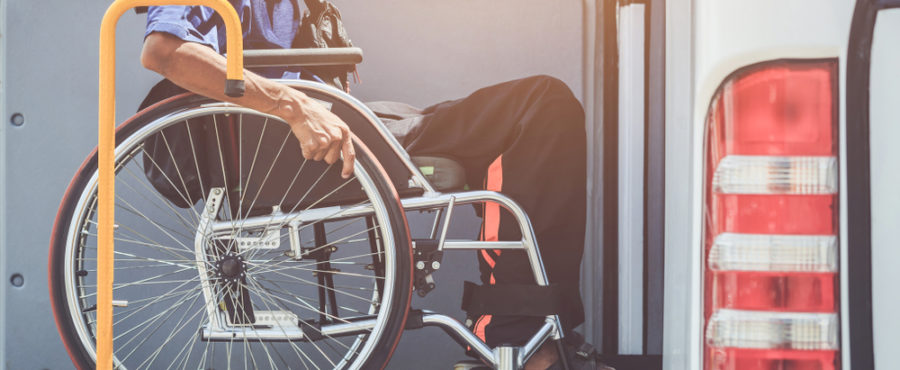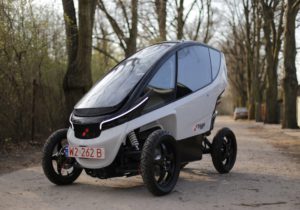
In 2015 in Poland there were 9,703 buses adjusted for disabled people (Polish Central Statistical Office’s data). The situation is better in larger cities but still leaves a lot to be desired in smaller towns or villages. There, the situation of wheelchair users is usually very difficult and barriers in free movement and transportation are significant.
What makes it difficult for those with disabilities to fully participate in social life, just like other people, is regarded by the United Nations Convention as violation of basic human rights. Public transport’s availability to the disabled should be construed as enabling those people, with the support of additional means, if necessary, to move completely free using means of public transport without any barriers in infrastructure, the fleet or the delivery of the transport service.
One of the components of ensuring this type of availability of the public transport system is to have easily available (low-floor) bus fleet. There are regulations in place which need to be taken in public procurement procedures. How to combine purchases of new vehicles with the needs of the disabled?
A modern bus fleet should offer modern, environment-friendly solutions, easy maintenance and broad availability and comfortable travelling conditions to each passenger.
As early as in 2028, 30 per cent of buses used in metropolitan transport are to be zero-emission vehicles. This means that a large portion of the vehicles moving around our towns and cities will have electric drives. Considering buses only, 3,000 vehicles need to be replaced. What functionalities are important when building availability of buses to the disabled using wheelchairs? A wide entrance into the vehicle and a dedicated space for a wheelchair inside. The bus should also be able to lower its floor, that is lean towards the bus stop.
Now, there is a new, fully Polish electric bus coming into the market, adjusted to the needs of the disabled – RAFAKO E-BUS. Thus, the design may improve availability of the public transport system and address the needs to replace the fleet with environment-friendly vehicles, as well as to ensure comfortable journey to those with physical disabilities.




